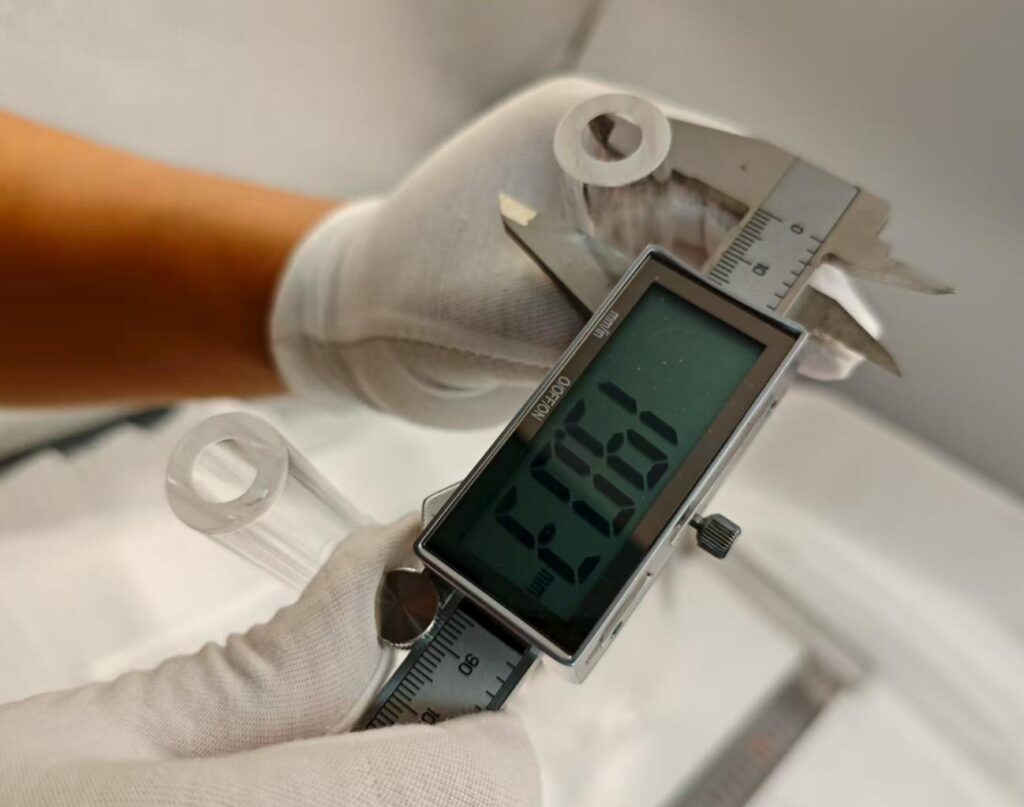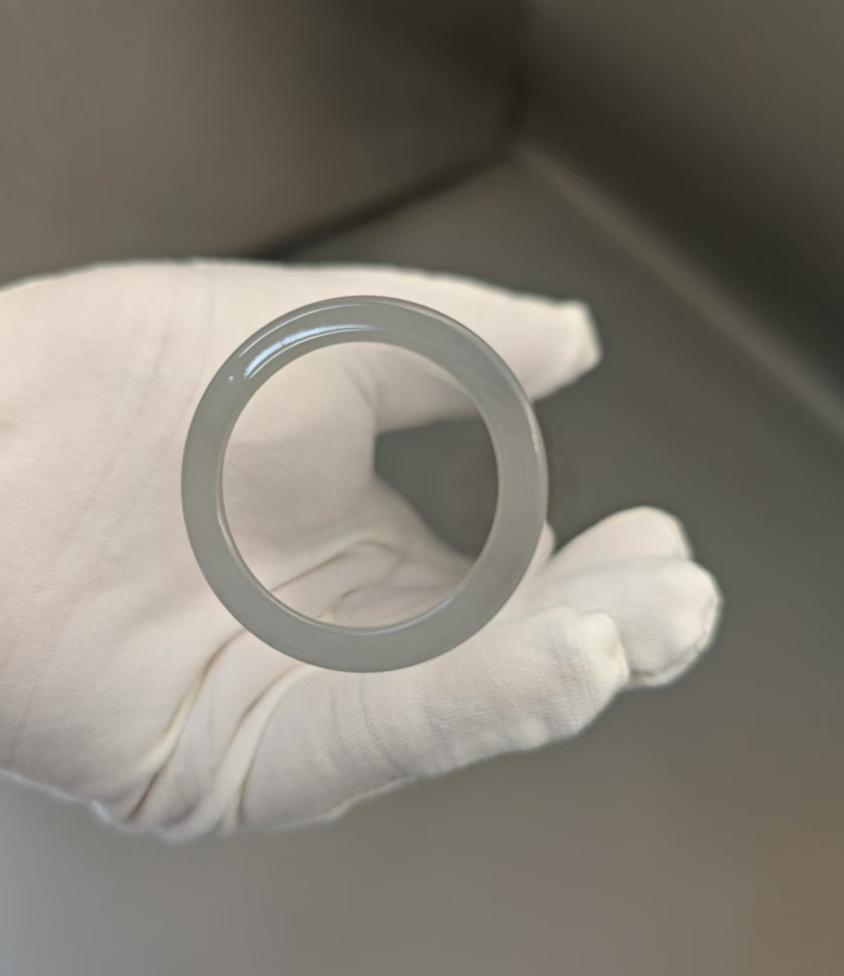Whether nitrogen (N₂) is dry or moist, it will not corrode quartz tubes (SiO₂) directly. Quartz tubes remain highly stable in such environments, making them an ideal material for containers or pipelines.
However, moist environments (humid nitrogen) can significantly accelerate corrosion caused by other factors, and there is one very important exception. A detailed analysis is provided below.
1. Dry Nitrogen (Dry N₂)
Corrosiveness: None at all.
Reason: Dry nitrogen is an inert gas with very stable chemical properties. It does not react with the main component of quartz tubes, silicon dioxide (SiO₂), at room temperature or even at high temperatures. Quartz tubes have a dense glassy structure that nitrogen molecules cannot penetrate or corrode.
Sovellus: Dry nitrogen is an ideal atmosphere for protecting quartz tubes and their internal samples (such as semiconductor materials, metal heat treatment, etc.), preventing oxidation and ensuring a stable environment.
2. Moist Nitrogen (Humid N₂)
Nitrogen itself: Still non-corrosive. Water vapor (H₂O) also does not strongly react with SiO₂.
Key Risks: Humid nitrogen can indirectly cause problems for quartz tubes in two main ways:
a) Accelerating Corrosion from Alkali Metal Contaminants (Main Risk)
Mechanism: If even trace amounts of alkaline substances are present (e.g., sodium ions Na⁺ from fingerprints, dust in the air, or KOH from other parts of the system), water vapor can dissolve these substances, forming an alkaline liquid film on the quartz tube surface.
Consequence: Even extremely dilute alkaline solutions can severely corrode quartz tubes.

(For KOH, a similar reaction occurs, producing soluble potassium silicate.)
Conclusion: Moist nitrogen acts as a carrier and catalyst for corrosive agents (alkaline contaminants), dramatically increasing the corrosion rate compared to a dry environment.
b) Accelerating Quartz Devitrification at High Temperatures
Mechanism: Quartz glass is a metastable amorphous material. At high temperatures (>1000 °C), water vapor disrupts the Si-O-Si network structure of quartz, lowers its viscosity, and accelerates its transformation into a more stable crystalline form (cristobalite).
Consequence: The quartz tube surface loses its smooth glassy state and becomes a white, opaque crystalline structure. This process is called “devitrification.” Devitrified areas have drastically reduced mechanical strength, becoming brittle and highly prone to cracking under thermal shock.
Conclusion: High temperature combined with water vapor is the main cause of quartz tube devitrification. Dry nitrogen can greatly delay this process.

A Critical Exception: High-Temperature Hydrogen-Oxygen Reaction
If your system contains not only moist nitrogen but also hydrogen (H₂), and operates at high temperatures (>1000 °C), special caution is required:
At high temperatures, H₂O decomposes: $\ce{H2O <=> H+ + OH-}$
These reactive species (particularly OH⁻) react with SiO₂ to produce volatile silicon hydroxide, Si(OH)₄.
Consequence: This process gradually thins the quartz tube wall, roughens the surface, and eventually leads to vapor-phase corrosion, wall thinning, perforation, or rupture. This type of corrosion is especially severe under high temperature, high pressure, and high water vapor content conditions.




